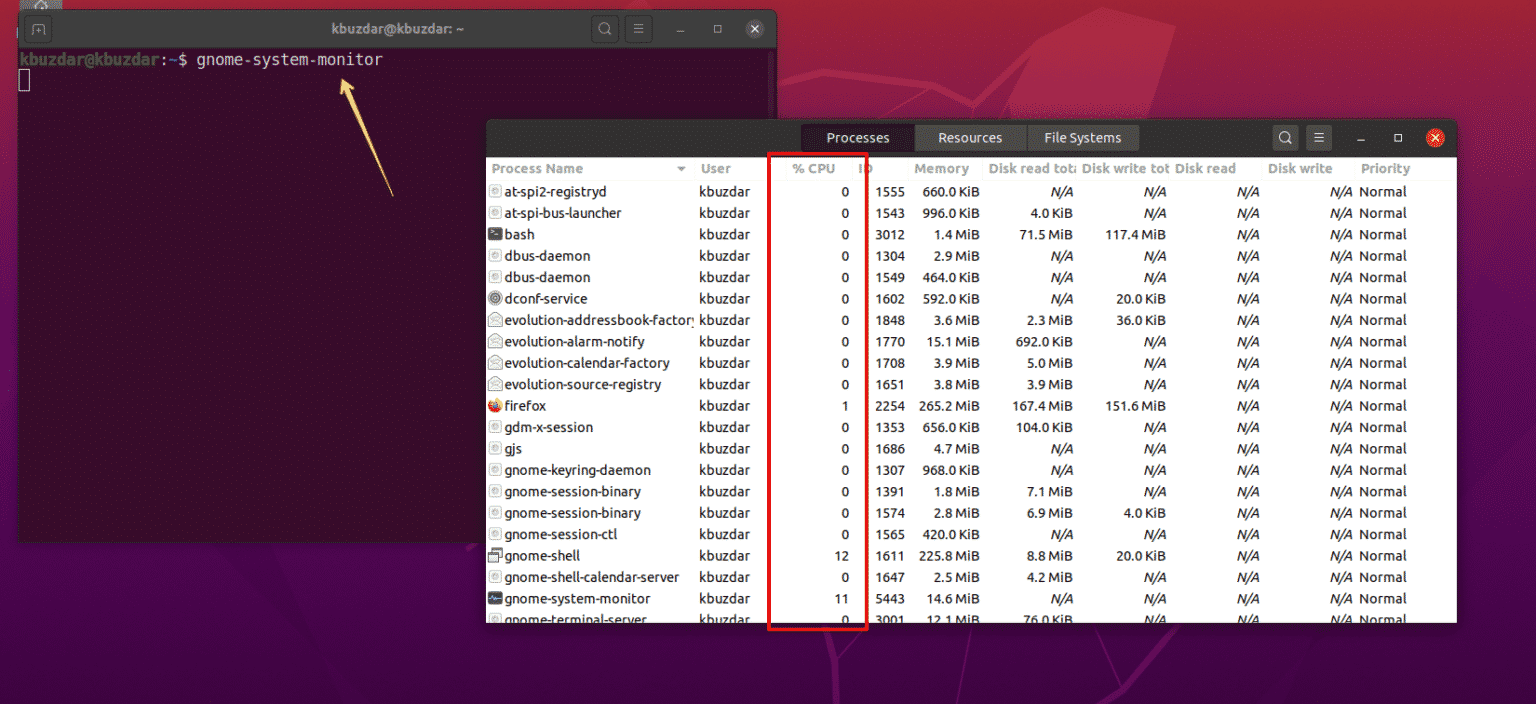
The total column gives you the total GBs of RAM installed on your system. The “Mem” part of the output gives you information about the RAM on your system. However, a better approach is to use the -h switch so that the free command displays the memory and swap utilization in the nearest possible-3 digit format. Without any switch, the displayed output is printed in kilobytes. This command is used to check memory and swap utilization on your system in a few lines. This is how you use the free command: $ free

The simplest way to check for memory stats on your Ubuntu is through the free command: How to check the Installed, Used, and Available RAM You can open the Terminal application through the Ubuntu Application launcher search bar or the Ctrl+Alt+T shortcut. Note: We will use the Ubuntu command line, the Terminal, to explain the above-mentioned tasks. We have run the command and procedures mentioned in this article on a Ubuntu 22.04 LTS system.

When you save the file, your system copies it to a more stable and non-volatile space( hardware) called the Read Only Memory. Whenever you open a file for viewing or editing, your system creates a temporary instance of that file in your RAM so that you can work on it.

RAM, short for Random Access Memory, can be considered the workspace of your computer system.


 0 kommentar(er)
0 kommentar(er)
